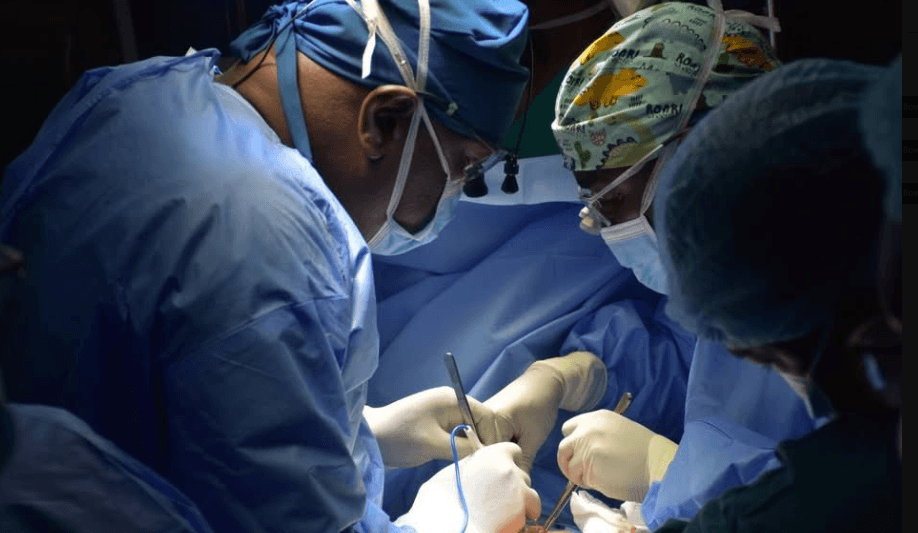Eating disorders arise from several reasons and just like any other illness requires all the care and love one can get.
Keep in mind these disorders are about more than just food, they’re complex mental health conditions that often require medical and psychological experts to alter their course.
Eating disorders are a range of psychological conditions that cause unhealthy eating habits to develop. They might start with an obsession with food, body weight/ shape, bullying, genetics or an overly emotional experience.
In severe cases, they can cause serious health consequences and may result in death if left untreated.
Below is a list of eating disorders, their symptoms and their side effects.
1) Anorexia nervosa
Oddly it's the most known eating disorder, it tends to affect more women (especially adolescents) than men.
People with anorexia generally view themselves as overweight, even if they’re dangerously underweight. They constantly monitor their weight, avoid eating certain types of foods, and severely restrict their calories.
Common symptoms of anorexia nervosa include:
- being considerably underweight compared to people of similar age and height
- very restricted eating patterns
- intense fear of gaining weight or persistent behaviours to avoid gaining weight, despite being underweight
- a relentless pursuit of thinness and unwillingness to maintain a healthy weight
- a heavy influence of body weight or perceived body shape on self-esteem
- a distorted body image, including denial of being seriously underweight.
Most people with anorexia have difficulty eating in public and exhibit a strong desire to control their environment, limiting their ability to be spontaneous.
Anorexia is officially categorized into two subtypes — the restricting type and the purging type.
Individuals with the restricting type lose weight solely through dieting, fasting, or excessive exercising, while ones with binge eating may binge on large amounts of food or eat very little.
In both cases, after binge eaters eat, they purge using activities like vomiting, taking laxatives or diuretics, or exercising excessively.
Over time, individuals living with it may experience the thinning of their bones, infertility, brittle hair and nails, and the growth of a layer of fine hair all over their bodies.
2) Bulimia nervosa
People with bulimia frequently eat unusually large amounts of food in a specific period of time.
Each binge eating episode usually continues until the person becomes painfully full. The person usually feels they cannot stop eating or control how much they are eating.
Binges can happen with any type of food but most commonly occur with foods the individual would normally avoid.
Symptoms may appear very similar to those of the binge eating or purging subtypes of anorexia nervosa. However, individuals with bulimia usually maintain a relatively normal weight, rather than becoming underweight.
Common symptoms of bulimia nervosa include:
- recurrent episodes of binge eating with a feeling of lack of control
- recurrent episodes of inappropriate purging behaviours to prevent weight gain
- self-esteem overly influenced by body shape and weight
- a fear of gaining weight, despite having a normal weight
Side effects of bulimia may include an inflamed and sore throat, swollen salivary glands, worn tooth enamel, tooth decay, acid reflux, irritation of the gut, severe dehydration, hormonal disturbances, and imbalance in levels of electrolytes, such as sodium, and calcium. This can cause a stroke or heart attack.
3) Pica
An eating disorder involves eating things that are not considered food.
Individuals with pica crave non-food substances, such as ice, dirt, soil, chalk, soap, paper, hair, cloth, wool, pebbles, laundry detergent, or cornstarch.
Pica can occur in adults, as well as children and adolescents. That said, this disorder is most frequently observed in children, pregnant women, and individuals with mental disabilities.
Individuals with pica may be at an increased risk of poisoning, infections, gut injuries, and nutritional deficiencies.
Depending on the substances ingested, pica may be fatal.
However, to be considered pica, the eating of non-food substances must not be a normal part of someone’s culture or religion. Or be considered a socially acceptable practise by a person’s peers or society.
Pica can have causes that aren't due to any underlying diseases. Some of these include; stress, cultural factors(that view certain nonfood substances as sacred or having healing properties,) nutritional deficiencies or pregnancy.
Pica Symptoms and Characteristics
- Nausea.
- Pain in the stomach (or abdominal cramping which can indicate that there may be an intestinal blockage)
- Constipation.
- Diarrhoea.
- Stomach ulcers (which may cause blood in the stools)
- Symptoms of lead poisoning (if paint chips that contain lead are ingested)
The categories above are meant to provide a better understanding of the most common eating disorders and dispel myths about them.
If you have an eating disorder or know someone that might have one, do not be embarrassed or ridicule them.
Forcing them to eat or pointing out their body weight will cause them to shut you and themselves off and will affect them more, especially mentally.
These illnesses can be treated, do seek help from a healthcare practitioner that specializes in eating disorders and plan to see a psychologist as well.
Edited by D Tarus












